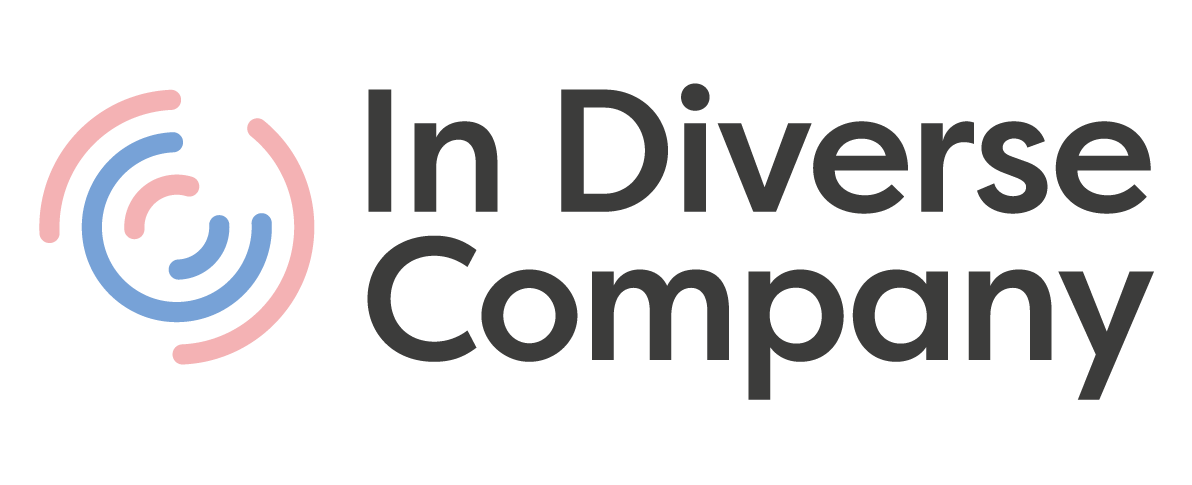By Pooja Khajuria, Consultant
School and other educational institutions are experiencing classrooms that are more diverse than ever. However, this sector has persistently struggled with reflecting this diversity in its staffrooms and more so the boardrooms. When it comes to Equality, Diversity, and Inclusion (ED&I), it has been found that the education sector grapples with some key, systematic challenges such as; a lack of equitable representation in its teaching staff and senior leaders, difference in the experiences of employees with protected characteristics[1] compared to others and lack of equitable career progression opportunities.
We recently had the opportunity to speak at an event organised by Stone King for HR professionals in the Education Sector who are keen to kickstart or move further on their ED&I journey.
At the event we shared tips on the following four areas that HR professionals in this sector can focus on to move the dial on ED&I.
Developing Leadership for ED&I
Leaders should take ownership and lead by example:
- Create a shared vision
- Involve members of the school community through ongoing dialogue
- Support policies and plans by action plans to implement them
- Monitor and evaluate progress
- Distribute responsibility at all staff levels including staff, governors, parents, and students
Training & development
All stakeholders need to be regularly trained in ED&I, including:
- Intercultural competence training – to help teachers manage diversity in class and staff rooms
- General training courses on inclusion awareness
- Opportunities to share best practices across schools
- Engage with parents and families to learn about different cultures
Recruitment & selection
- Use data to forecast staffing needs, understand where there is underrepresentation, design marketing campaigns
- Ensure recruitment material has clear, consistent and inclusive messaging
- Have a checklist criteria to construct a short list
- Insist on a diverse long list
- Have a diverse hiring panel
- Be transparent about all of the following – selection criteria, interview procedure, and feedback
Retention & career progression
Create an inclusive and equitable environment:
- Invest in teachers’ growth and provide a path to career advancement
- Provide formal and informal mentoring opportunities
- Seek constant feedback and include staff members in decision making/reforms
- Keep track of turnover rates, job satisfaction, etc. of people with protected characteristics
[1] age, gender reassignment, race, religion and belief, disability, sexual orientation, marriage or civil partnership, pregnancy, or maternity
Liked this article? Share it with your network:
Here’s your next read: an article on how listening can be a strategy, not just a reflex.
.






